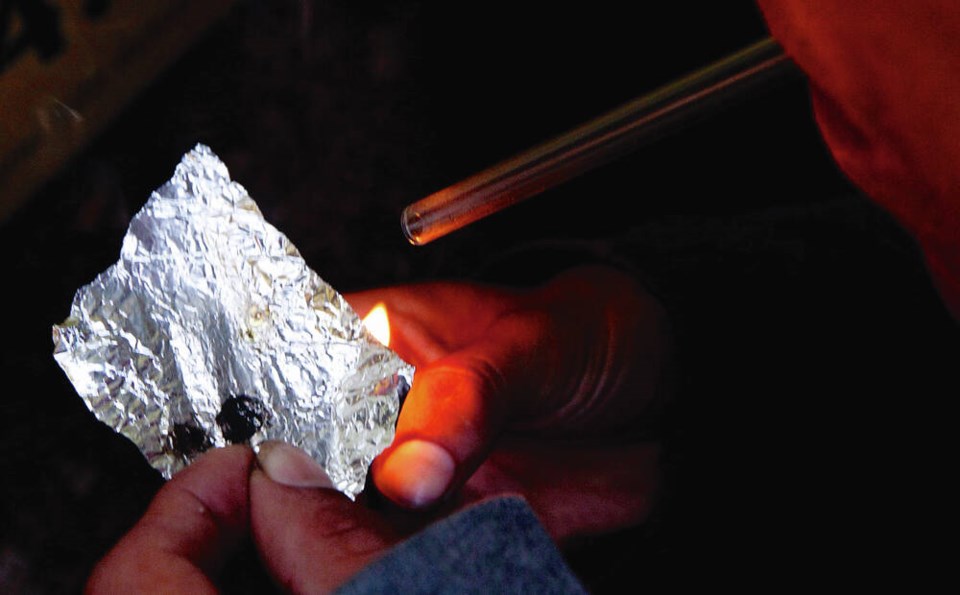David Eby, the leading candidate to succeed John Horgan as premier, has come out in favour of involuntary treatment for people with serious drug addiction problems.
It’s a controversial stance by a politician who, until now, has usually steered away from contentious issues. And certainly there will be pushback from practitioners in the field.
Dr. Paxton Bach, an addiction medicine physician at St. Paul’s Hospital in Vancouver, had this to say about Eby’s proposal: “Compulsory treatment and forced treatment, it’s pretty clear, especially in the short term, that it’s ineffective at best and can actually do significant harm in a number of ways.”
In particular, Bach may have in mind younger, often teenage addicts who would rebel against any kind of enforced custody, even over short periods of treatment.
He also noted that involuntary treatment is unsupportable when the wait time for voluntary treatment is three months. If an extra effort is required, he believes, this is where it should be made.
That’s a fair point as far as it goes, though perhaps it’s also an instance of making the perfect the enemy of the good.
Eby’s competitor in the NDP leadership race, Anjali Appadurai, has also opposed the idea of compulsory treatment, calling it “not a treatment that produces good outcomes.”
But Eby does have a case to make. He points out that some addicts are overdosing two and three times a day.
In such circumstances, fatalities are all too frequent. Upward of 10,000 British Columbians have died of drug overdoses during the past five years, and 2022 is on track to record the highest number of deaths yet.
Then there is the reality that the decision to accept voluntary treatment might lie beyond some repeat addicts. Rational choices might not always be possible for someone overdosing several times a day.
Eby might also have noted that a “Specialized Population Unit” of 22 beds has been opened at the Summit Long Term Care facility in Victoria.
A second such unit is being prepared at Dufferin Place in Nanaimo, with the aim of housing 30 residents.
The Health Ministry has said the purpose of these units is to offer 24-hour care to residents who need more complex attention than nursing home facilities can normally provide.
It is understood that some will be younger clients with a history of repeat overdosing, whose brain functions have been permanently damaged.
While it is hoped that extended treatment may wean some of these residents off 24-hour care, it appears probable that many, if not most, will spend the rest of their lives in some form of residential facility. Counselling or rehabilitation, by all means preferable, are at best remote options in these sad cases.
It is this dispiriting reality that opponents of compulsory treatment must face.
Eby’s point, then, is that while forced treatment is both morally and socially disturbing, in some cases the alternative is worse.
As he points out: “I just feel like if you were harming yourself in any other way, our response would be different and we wouldn’t send you back out into the street to die.”
>>> To comment on this article, write a letter to the editor: [email protected]


